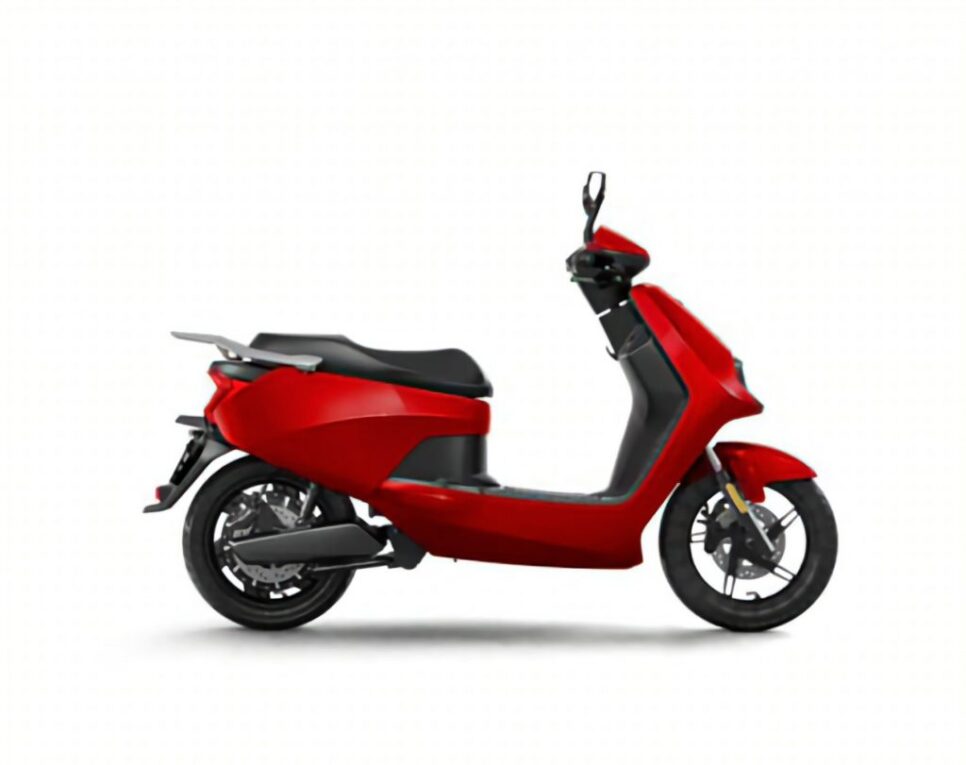Introduction to Electric Bicycles
Electric bicycles, more commonly known as e-bikes, are bicycles equipped with electric motors to provide motorized propulsion. E-bikes come in different classes depending on their motor wattage and top assisted speed. The earliest prototypes of electric bicycles appeared in the late 19th century, but mass-market adoption didn’t occur until the early 21st century.
Benefits of E-Biking
There are several benefits that have contributed to the increased popularity of e-bikes across Europe in recent years.
Environmentally Friendly Transportation
Europe E-bike provide a more environmentally friendly form of transportation compared to gas-powered vehicles as they produce zero direct emissions. By replacing short car trips with e-bike rides, communities can see improvements in air quality and reductions in carbon emissions.
Physical Activity and Exercise
While e-bikes do feature electric motors, riders still pedal under their own power to gain assistance from the motor. This hybrid propulsion system allows e-bike riders to stay active and get cardiovascular exercise while also reducing sweat compared to traditional bike riding. Many find e-biking to be a low-impact way to incorporate daily physical activity into their routine.
Convenience and Practicality
For many everyday trips around urban areas, e-bikes provide a convenient and practical transportation solution. Their electric assist enables riders to travel further distances without heavy exertion. E-bikes can also more easily carry cargo or passengers compared to a regular bicycle, making them useful for running errands, carrying belongings to work or school, and shuttling children.
Cost Savings
While upfront costs of e-bikes can be higher than regular bicycles, their total cost of ownership is significantly less than maintaining a car. E-bikes also save on gas and parking costs. For many Europeans, e-bikes provide a lower-cost alternative to short car trips within cities.
E-Bike Growth and Usage Trends
Supported by their benefits, sales of e-bikes have been surging significantly across Europe in recent years. Here are some noteworthy usage trends:
Netherlands – Long a world leader in bicycle usage and infrastructure, the Netherlands has seen e-bike sales more than double over the past decade. An estimated 1 in 10 Dutch bicycles are now electric-powered.
Germany – With a growing network of dedicated cycling paths and lanes, Germany accounts for about 1.2 million new e-bike registrations per year. Their popularity is highest among older age groups seeking an easier cycling option.
Denmark – In Copenhagen especially, e-bike commuting is booming. Annual sales rose by 50% between 2014-2018, with over 100,000 e-bikes now on Danish roads each day.
United Kingdom – Spurred by cycling investment programs in major cities like London, the UK e-bike market expanded fivefold between 2015-2020. E-bikes are increasingly viewed as practical transportation.
Switzerland – Mountainous terrain once deterred cycling, but now over 12% of Swiss bike trips involve e-assist. Younger Swiss are flocking to e-mountain biking as an eco-friendly recreation sport.
Italy – E-bike sales in Italy have grown 30-40% year-over-year for the past five years straight. Cities are designating e-bike lanes and incentivizing purchases through grants and tax credits.
While adoption rates differ across Europe, the overall trend of surging e-bike usage looks poised to continue growing in step with improved cycling infrastructure and falling electric bicycle costs. National bike sharing services are also accelerating e-mobility by offering electric assisted models.
Regulations and Standards
To safely manage the integration of e-bikes on roads and paths, European nations have established regulatory frameworks classifying electric bicycles by motor wattage and top speed. The main regulatory designations are:
– Class 1: Pedal-assist e-bikes with motor up to 250 watts and top speed of 15.5 mph. Sensing pedaling activates motor assist up to 20 mph.
– Class 2: Throttle-controlled e-bikes with the same specifications as Class 1. Throttle provides motor power independently of pedaling up to 15.5 mph.
– Class 3: Faster pedal-assists with motor up to 250 watts and maximum speed of 28 mph. More common for e-cargo bikes and delivery fleets.
Most European countries permit Class 1 and 2 e-bikes on normal bicycling infrastructure like paths and lanes. Class 3 models may have access restrictions on certain roads. Minimum rider age is also regulated in some nations. Common technical standards ensure compatibility of e-bikes across borders.
*Note:
1. Source: Coherent Market Insights, Public sources, Desk research
2. We have leveraged AI tools to mine information and compile it

